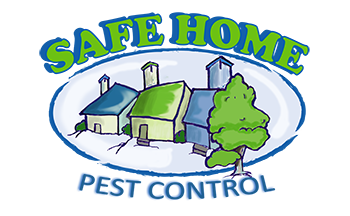Spiraling Whitefly and Ficus (Fig) Whitefly have invaded West Palm Beach and have proved themselves to be voracious pests. They attack a number of plants and drain the much needed nutrients from the underside of the leaves. Ficus Whitefly is generally seen on Ficus hedges and trees. Infected hedges and trees will appear depleted of leaves and when disturbed, small white gnat-like adult whiteflies can be seen flying from the foliage. Ficus Whitefly can seriously injure host plants by causing wilting, yellowing, stunting, leaf drop, and if not treated, death.
Rugose Spiraling Whitefly has similar habits to the Ficus Whitefly, but has broader range of plants that they attack. These flies are slightly larger and more docile than Ficus Whitefly and lay their eggs in a spiraling pattern on the underside of leaves. The most noticeable symptoms of an infestation of this whitefly is the abundance of the white, waxy material covering the leaves and also excessive sooty mold. A Spiraling Whitefly infestation can cause plant decline, defoliation and branch dieback.
Both Ficus and Spiraling Whitefly can cause damage beyond the plant. They both excrete honey dew that can cause the growth of sooty mold. Sooty mold will cause staining to anything around or underneath. If you believe any plants to be unhealthy or suspect they may be being attacked by whiteflies, please call for a free inspection and quote of service. Safe Home Pest Control serves West Palm Beach and all of South Florida.

